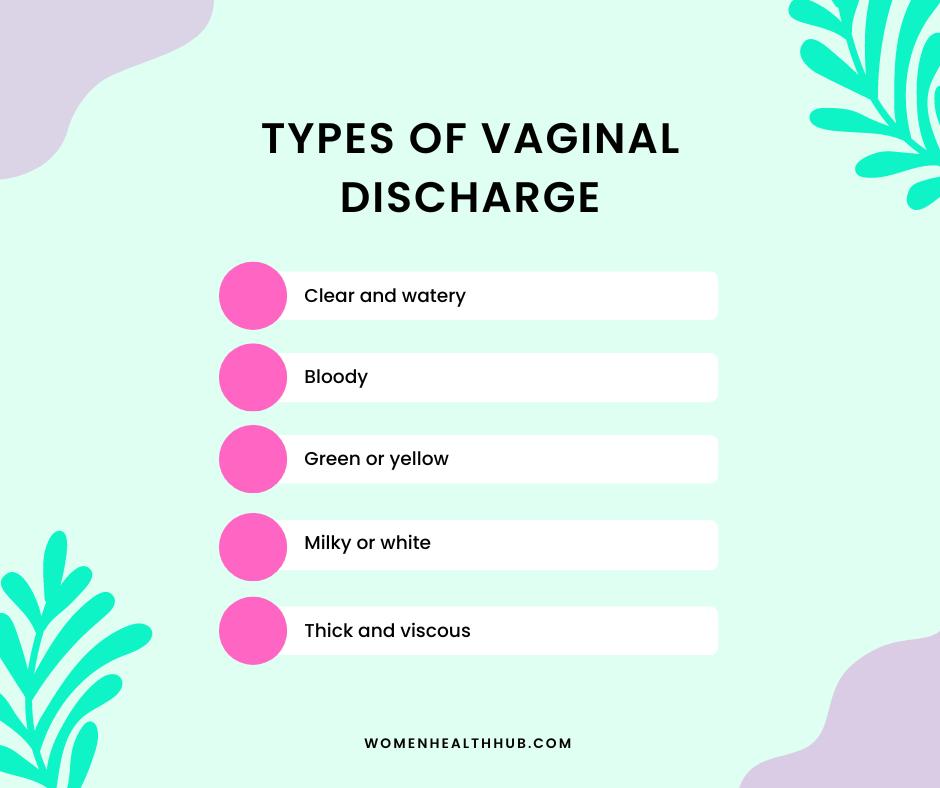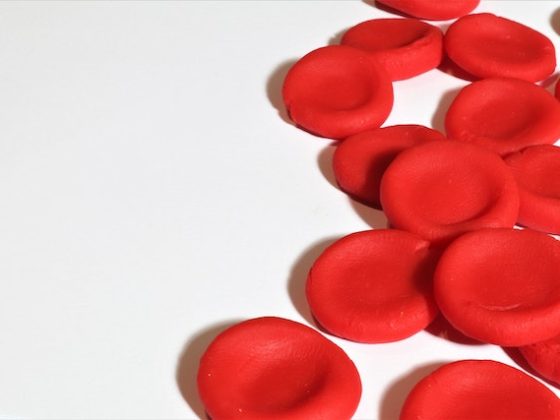Hey there! This post may contain affiliate links. As an Amazon Associate, I earn a teensy commission from qualifying purchases when you buy through these links (at no additional cost to you). For more info, please check the full disclaimer.
Have you ever noticed a white or clear sticky liquid in your underwear? As a woman, your vagina naturally produces fluids to keep itself clean and lubricated. Females get discharge almost every day and usually, it’s harmless.
However, in some instances, changes in your discharge can signal an infection or a disease.
Reason Why Females Get Discharge
Normal vaginal discharge is a healthy part of being a woman. Vaginal discharge plays an important role in lubricating the vagina and keeping it from drying out. The more lubricated the vagina, the healthier it is.
The discharge also provides a sterile environment for the vaginal flora, preventing infections from traveling up to the reproductive system. This is especially important during pregnancy when upward infections can harm the developing baby.
Nearing the end of pregnancy, the vaginal discharge may include some pink, jelly-like mucus. It means that the body is ready for delivery and is a sign of labor preparation.
Females get discharge of varying amounts. Mostly, it’s barely noticeable and around a teaspoon per day. Others may require a panty liner. Discharge may increase around ovulation as your body is most fertile, and decrease during your period and right after.
Types of Discharge and What They Mean
As a woman, vaginal discharge is totally normal and healthy. But the amount, color, and consistency can vary based on where you are in your cycle or whether or not you have an internal health problem.
Here’s a quick guide to what the different types mean:
Clear and Watery
This occurs during ovulation and is your body’s way of cleaning itself out. Nothing to worry about!
Milky and White
This happens right before and after your period. It’s caused by changing hormone levels and is usually odorless or mild-smelling.
Thick and Sticky
This tends to be present right after your period. The discharge is thicker due to lower estrogen levels. As your cycle progresses, it will become thinner and clearer.
Yellow or Green
This usually indicates an infection like bacterial vaginosis or an STI. See your doctor, especially if it’s accompanied by a foul odor, itching, or burning.
Bloody
The light pink or brown discharge could be normal spotting before your period. Bright red blood is not normal and could be a sign of infection, uterine fibroids, or polyps.
Gray or Chunky
This could indicate a yeast infection or STI. See your doctor right away for an exam and testing.

Warning Signs of Abnormal Vaginal Discharge
Normal vaginal discharge is usually clear or white and has a mild odor. However, there are times when discharge can be a sign that something’s not quite right.
- Changes in color or consistency
- Irritation or itching
- Bleeding between periods
- Pain during intercourse
- Foul odor
Causes of Abnormal Discharge
There could be many reasons why females get discharge which is not normal.
Bacterial Vaginosis
Bacterial vaginosis or BV is caused by an overgrowth of bacteria in the vagina. Normally, “good” bacteria called lactobacilli dominate the vaginal environment. With BV, other bacteria multiply and upset this balance. The most common symptom of BV is a foul-smelling, grayish discharge. BV is not technically an infection but can increase your risk of sexually transmitted infections (STIs).
Read More: Best Remedies for BV
Yeast Infection
If you notice a thick, white, cottage cheese-like discharge accompanied by intense itching, you may have a yeast infection. This is caused by a fungus called Candida, which naturally occurs in the vagina but can overgrow when the environment changes. Hormonal changes, antibiotic use, pregnancy, diabetes, and a weakened immune system can trigger yeast infections. Over-the-counter antifungal creams can treat most yeast infections.
Read More: Treatments for Yeast Infection in Pregnancy
Trichomoniasis
Trichomoniasis or “trich” is caused by a protozoan parasite. It often causes a frothy, yellow-green discharge with a strong odor and discomfort during urination or sex. Trichomoniasis is a sexually transmitted infection and requires treatment with prescription antibiotics to cure. Both partners should be treated to avoid reinfection.
Other Causes
Foreign objects like tampons left in for too long can also lead to abnormal discharge and odor. Cervical polyps or cysts, pelvic inflammatory disease (PID), chlamydia, and gonorrhea are other possible causes of changes in vaginal discharge.
Postmenopausal women may also experience discharge due to decreasing estrogen levels. If your discharge seems abnormal, it’s best to consult your doctor, especially if accompanied by other symptoms. They can check for any underlying conditions and determine the appropriate treatment.
How to Improve Vaginal Health
Feminine hygiene plays a critical role in keeping your vaginal flora healthy. Making a few small lifestyle changes can go a long way toward improved vaginal health and discharge.
Here are some ways to improve your hygiene down there.
- Practice good hygiene
Keep your vaginal area clean by washing regularly with water. Rinse well and dry thoroughly. Avoid douching, as this can disrupt the natural pH balance. Wear cotton underwear and loose clothing that breathes.
- Use probiotics
The good bacteria in your vagina keep pH balanced and prevent the overgrowth of yeast and bad bacteria. Yogurt with live active cultures can also help maintain good bacteria when eaten regularly.
- Stay hydrated
Drink plenty of water to keep your vagina lubricated and healthy. Aim for 6-8 glasses a day of water or unsweetened beverages.
- Use protection during sex
Practice safe sex by using condoms to prevent sexually transmitted infections (STIs) that can lead to changes in discharge.
- See your doctor if needed
Notice any major changes in color, smell, or consistency of discharge and consult your doctor. They are there to provide guidance and help you feel your best.
The Bottomline
Discharge is a healthy bodily function and nothing to feel embarrassed about. All females get discharge often. While changes in color, smell, or amount can sometimes signal an infection, for the most part, discharge is your body’s way of cleaning and protecting itself. If anything seems off or you have persistent symptoms that concern you, talk to your doctor.
References:
- https://journals.plos.org/plosone/article?id=10.1371/journal.pone.0163365
- https://www.ncbi.nlm.nih.gov/pmc/articles/PMC2099568/








